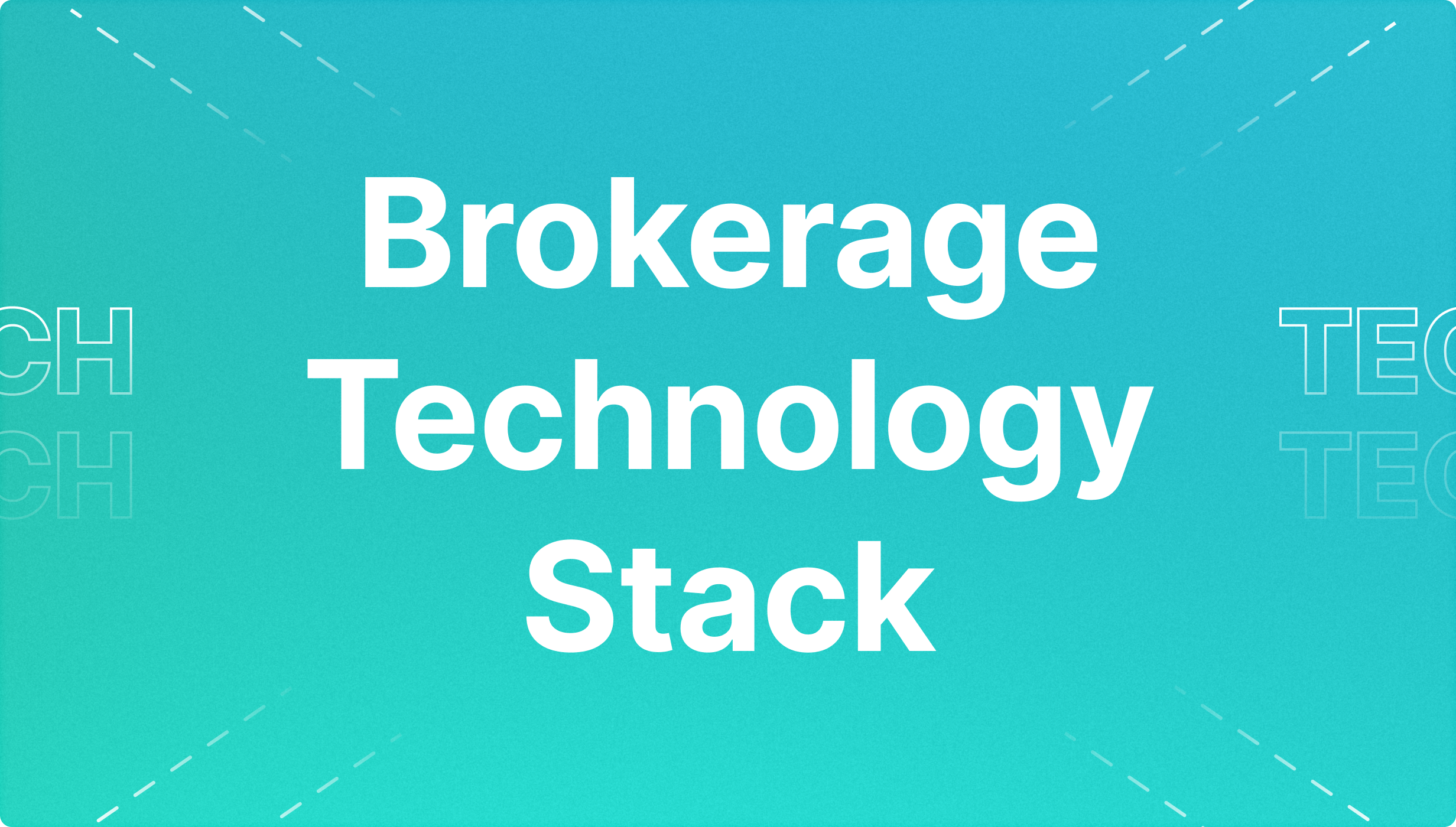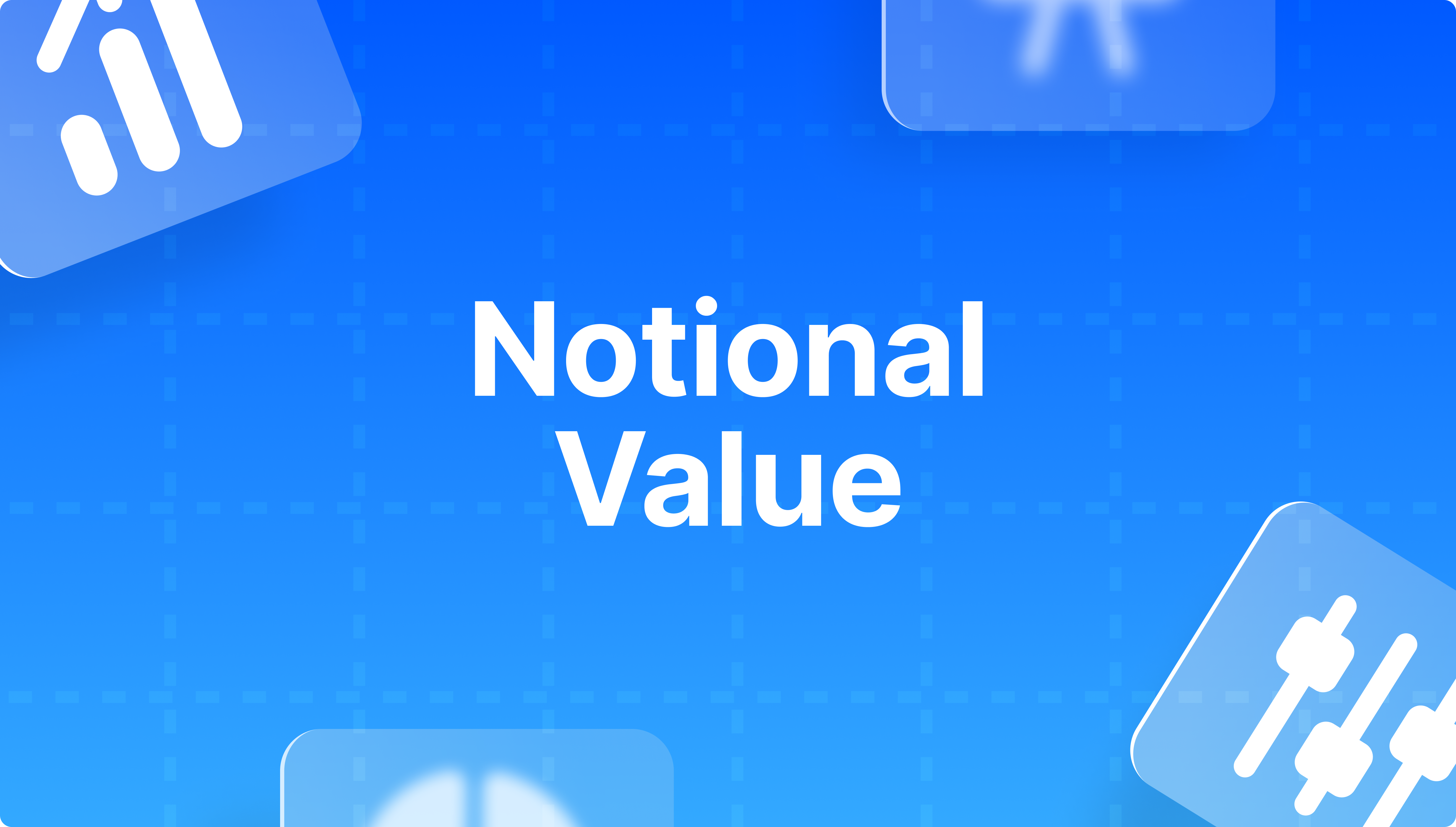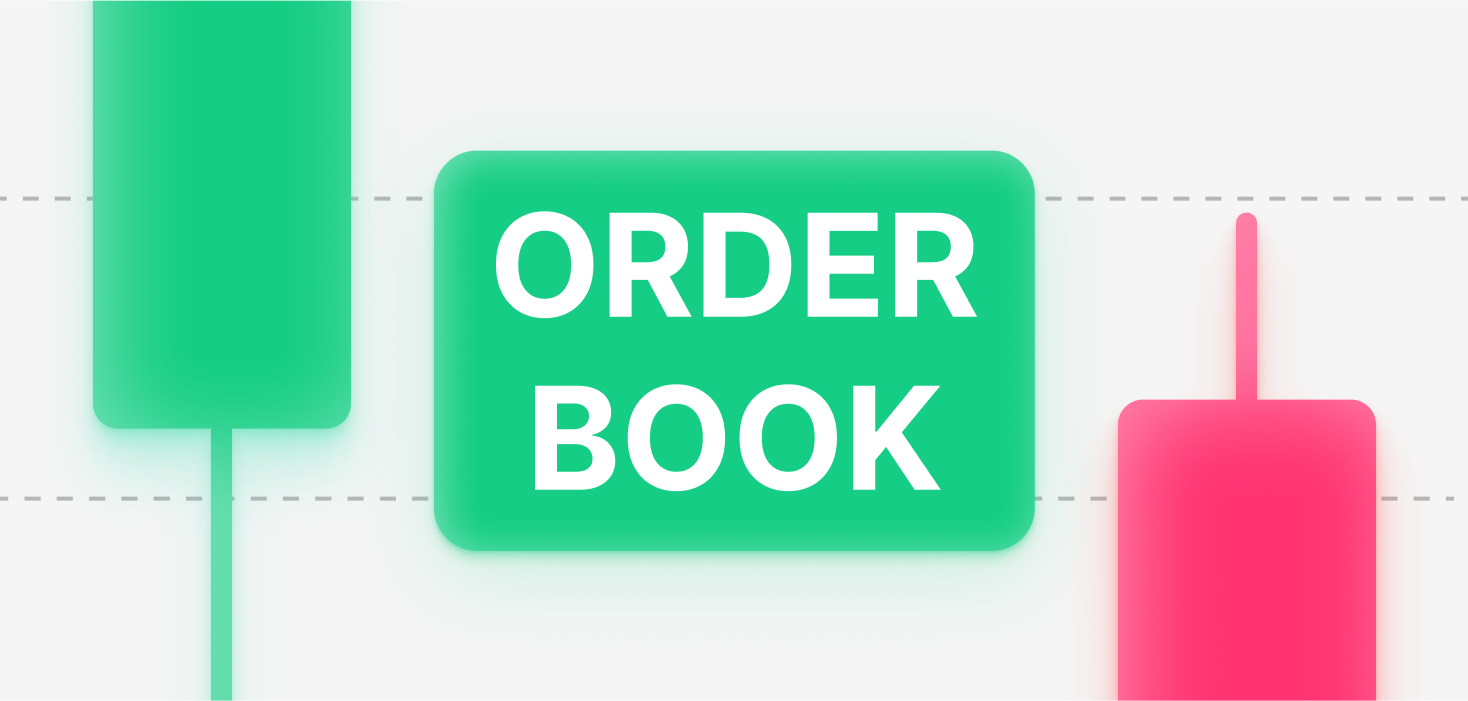What is Market Order? – Definition
Articles


Investors and traders must consider different trading techniques to reduce possible losses and maximize profits when buying financial instruments. Volatility in any market often causes prices to rise quickly and also fall quickly, which can lead to significant profits, but also large losses in a very short period of time. Such price fluctuations can occur if an investor does not monitor the price of their investment. Therefore, investors usually use orders of different types in order to maintain control over their assets. The investor has to choose the type of order, as well as specify the amount to invest and the asset he wants to buy. There are three main types of orders: market orders, limit orders, and stop orders, but the first option is used most often.
This article will detail what a market order is and how it works in the stock market. In addition, you will learn what features this type of order has, as well as what differences it has from the limit order. Finally, we will answer the question of what kind of order should be used in each situation.
What is Market Order?
So, what is market order and how does it work? A market order is an order to immediately buy or sell an asset at the best available price. It requires liquidity because it is executed based on limit orders already placed in the order book.
A market order is used when market participants prioritize speed over cost. Use of a market order indicates that the investor wants the order to be executed instantly at the nearest available price. In other words, investors will buy or sell at the first opportunity, regardless of price. Market orders have the best chance of being executed; however, there is also a high probability that the price when buying or selling will differ from the price when the order was placed. Therefore, using market orders can be risky for investors.
The best time to place a market order is during times of high market liquidity, as this will help to execute the order in the shortest possible time and thereby reduce the likelihood of price changes. For stocks and securities, trading hours should also be taken into account, as the value at the close of trading may not be the same as at the open. However, this factor does not affect the cryptocurrency market because the cryptocurrency market operates continuously.
How Does Market Order Work?
Unlike limit orders, which are placed in the order book, market orders are executed instantly at the current market price. There are always two sides to the trade — the maker and the taker. When you place a market order, you accept the offered price. For example, the exchange will match a market buy order to the lowest ask price in the order book. On the other hand, a market order to sell will match the highest bid price in the order book.
This type of order is used when it is necessary to open a position, as they say, right here and now. The emphasis is placed on the speed of execution rather than on a more favorable price. Upon receipt of such an order, the broker immediately begins to look for a counter-limit order for its execution.
Mechanics of market order execution assumes it joins other counter-order and their mutual repayment. The nearest limit order of the opposite direction is selected from the current price window. The market order to buy is closed by its convergence with the limit order to sell and the order to sell — with the limit order to buy.
Therefore, it is customary to say that trading through market orders consumes market liquidity (in the form of a set of limit orders in the current Depth of the Market). Such trading is similar to going to a store (stock exchange), where goods (limit orders) are displayed in the window (price stack), and you choose the right product at the best possible price. The difference here is that in the store, you can only buy goods, and the use of market orders on the exchange allows you to both buy and sell and open and close positions.
Peculiarities of Working with Market Orders
Market orders are executed instantly and give really the best price only on sufficiently liquid markets. In such a situation, a necessary condition is that the volumes of counter orders for the best price were equal to or exceeded the volume of the transaction specified in the order. However, such a favorable situation does not always arise, even in liquid markets. As a result, trading can bring some difficulties:
Slippage
Despite the fact that most orders come to the exchange electronically through high-speed communication channels, some time (which can be measured in seconds) passes between the trader giving the order and the execution of the order by the market.
By the moment of the start of execution of the market order, part of the limit orders can already be executed. As a result, the deal will be concluded at a price worse than the initial one. That’s called slippage.
Slippage also takes place on liquid markets. For instruments with low liquidity, slippage can reach tenths or even percent. But usually, slippage is insignificant due to the bid density in the market and a considerable number of bids at almost each price level.
Partial execution
These cases are rare but can be encountered when trading instruments with very low liquidity.
Suppose a trader has decided to buy 100 coins of some financial asset, but its liquidity is very low, and there is only one counter-order to sell 50 coins at $100 on the market. In this case, the order will only be partially executed: there will be a trade for 50 coins. The remainder is usually transferred to a limit order at the last price and placed in the cup. As a result, the trader will receive 50 coins of the asset and a limit order to buy 50 coins at $100.
Thus, placing a market order is a much less profitable way to enter the market than placing a pending limit order. The latter order is executed at the specified or better price, while the former is executed at the current. In this case, due to slippage of bids, the number of trades increases, and with it — the commission costs. It is recommended for beginners to work with limit orders, using market entry only in extreme cases.
Market Order vs. Limit Order: What’s the Difference And Which One to Choose?
Each order comes in several variations, so let’s keep it simple and compare each type of order in its classic format.
A limit order is a pending order that can only be sent as a buy order at the Ask price or a sell order at the Bid price. A market order is an order to buy or sell at the best available market price at the time the order is sent. Market orders are usually executed instantly. They are not pending and are sent as needed. This makes market orders useful for price action traders who watch candlestick patterns and enter the market when they feel the moment is right.
Limit orders are preferable in several cases:
- In the event an asset trades poorly or fluctuates greatly in price. In this case, an investor can calculate the time to sell before the next rise in price (or, in the case of a sale, decline).
- In the event an investor has determined an acceptable price in advance. A limit order will be ready and waiting.
- Limit orders are commonly used by professional traders and day traders who can profit by buying and selling vast numbers of stocks very quickly to take advantage of tiny changes in their prices.
Traders with a more articulated trading strategy which includes a set of indicators for technical analysis, typically use pending orders, such as limit orders. With a limit order, you can place orders in advance and wait for the trading scenario to work out. And the choice of limit order type will depend on your analysis and trading strategy.
Conclusion
Experienced investors should monitor the market and make their own calculations to understand when to buy and sell. Market orders can help them choose the right moment and take advantage of the market situation. You should remember that each type of order serves a different purpose, whether it is to maximize profitability or speed. However, misusing them in trading can leave you with significant losses.
FAQ
What is the meaning of a market order?
A market order is an instruction to buy or sell an asset immediately at the best available price. It focuses on speed, making it ideal for quick execution, though it carries risks like slippage.
How does a market order work?
Market orders match with existing limit orders in the order book. A market buy order matches the lowest ask price, while a market sell order matches the highest bid price, ensuring fast execution.
When should you use a market order?
Use market orders in highly liquid markets when speed is essential, such as during strong price movements. For volatile or low-liquidity assets, limit orders may be safer to avoid unfavorable prices.











